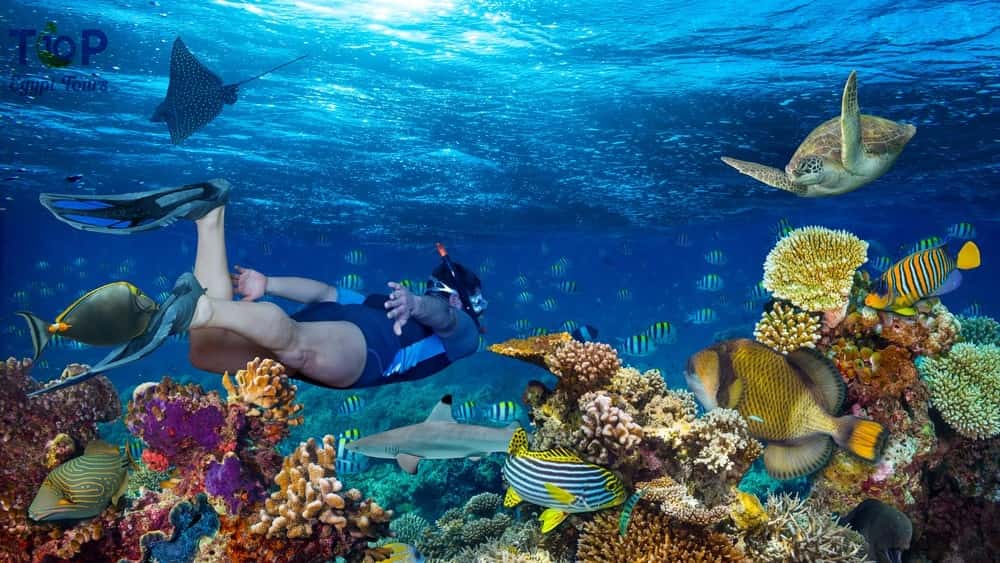The Red Sea, nestled between the continents of Africa and Asia, is renowned for its breathtaking coral reefs and vibrant marine life. For snorkeling enthusiasts, this aquatic paradise offers an unparalleled opportunity to explore the wonders of the underwater world. In this article, we will delve into the beauty of the Red Sea’s coral reefs and the thrilling experience of snorkeling, providing insights into the diverse marine ecosystems that await beneath the surface.
The Red Sea’s Coral Reefs:
The Red Sea is home to some of the world’s most spectacular coral reefs, spanning over 1,200 miles along its coastline. These reefs are a testament to the extraordinary biodiversity that flourishes in the warm, clear waters. The vibrant colors and intricate formations of the coral create an otherworldly landscape beneath the surface, attracting marine life from far and wide.
The Red Sea’s coral reefs are classified into various types, ranging from fringing reefs near the shore to barrier reefs and atolls. Each type contributes to the overall ecological balance, providing habitats for countless species of fish, invertebrates, and other marine organisms.
Diversity of Marine Life:
Snorkeling in the Red Sea offers an opportunity to witness an astonishing array of marine life. The coral reefs are teeming with colorful fish, from the iconic clownfish to majestic angelfish and elusive seahorses. Larger species, such as barracudas, reef sharks, and sea turtles, also call the Red Sea home, adding an element of excitement to any snorkeling adventure.
The crystal-clear waters of the Red Sea allow snorkelers to observe marine life in its natural habitat with unmatched clarity. The visibility underwater is often exceptional, making it an ideal destination for those seeking an immersive and unforgettable snorkeling experience.
Best Snorkeling Spots:
Several locations along the Red Sea’s coast stand out as prime snorkeling spots. Sharm El Sheikh in Egypt, for instance, is renowned for its vibrant coral gardens and diverse marine life. Dahab, another Egyptian destination, offers a unique snorkeling experience at the famous Blue Hole, a natural sinkhole surrounded by a kaleidoscope of coral formations.
Further south, the Saudi Arabian coast along the Red Sea is gaining recognition for its pristine reefs and relatively untouched underwater landscapes. Al Lith and Farasan Islands are emerging as hidden gems for snorkelers seeking a more secluded and unspoiled experience.
Conservation Efforts:
As with many coral reefs worldwide, those in the Red Sea face various threats, including climate change, overfishing, and pollution. To ensure the preservation of this underwater paradise, conservation efforts are crucial. Governments, non-profit organizations, and local communities are working together to establish marine protected areas, implement sustainable fishing practices, and raise awareness about the importance of preserving coral reefs.
Snorkeling in the Red Sea is a transformative experience that allows enthusiasts to connect with the wonders of the underwater world. The stunning coral reefs, diverse marine life, and clear waters make it a top destination for those seeking serenity and adventure beneath the waves. As we marvel at the beauty of the Red Sea’s coral reefs, let us also commit to protecting and preserving these fragile ecosystems for future generations to enjoy.



Comment (0)